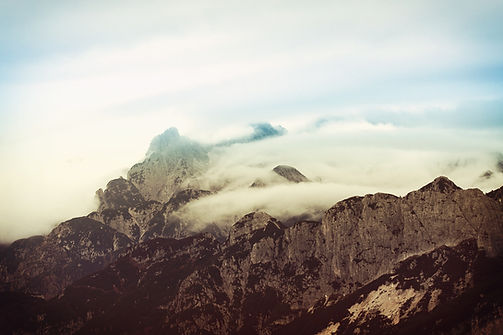Sound Samples - Location
All the sounds available on this website are collected in parks and reserves throughout the state of Victoria

Sherbrooke Forest
Sherbrooke/ Sassafrasa, VIC
Main Ecosystem
Dry Forest
The wildlife in Sherbrooke forest is very active and definitely present and being in a less populated area, human activities can barely be heard. The Sherbrooke falls walk is an easy trail for beginners and for wildlife enthusiast and being in an area containing lyrebirds, you can stumble upon this incredible animal

Point Cook
Coastal Park
Point Cook, VIC
Main Ecosystem
Coastal
This Coastal park is situated 20 km south east of Melbourne and is among the top places in the world for migratory wading birds. It is a popular destination for nature lovers, bird watchers and families. One of the best things to do there is to watch birds from the bird hide at spectacle lake.

Redwood
Forest
East Warburrton, VIC
Main Ecosystem
Wet Forest
The East Warburton Redwood Forest is one of Victoria’s hidden gems. Tucked away near the base of the Yarra Yanges, this mystical forest holds around 1450 Californian Redwoods that tower above, reaching high into the sky.
Planted back in 1930 as part of an experiment by the Board of Works to study the effects that introduced tree species had on canopy interception, the East Warburton Redwood Forest is now Heritage Listed.

Plenty
Gorge
Bundoora/ Mill Park/ Plenty, VIC
Main Ecosystem
Wetland
Plenty Gorge Park offers valuable natural, cultural and recreational experiences only 20 km north of Melbourne.
The Plenty River that winds through the park is the meeting point of two distinct bioregions: the relatively flat Victorian Volcanic Plains to the west, and the hills and valleys of the Highlands (Southern Falls) to the east.
.jpg)
1000
Steps
Ferntree Gully/ Tremont, VIC
Main Ecosystem
Dry Forest
1000 Steps is an extremely popular place to visit because of the atmosphere and important memorials, it is also frequented by fitness fanatics coming to work out. The environment gives you the feeling of stepping in some kind of very old forest and the wildlife present there is very unique. During the climb up the steps, people are very likely to encounter the unique lyrebird who is in its natural habitat.

Williamstown
Beach
Williamstown, VIC
Main Ecosystem
Coastal
Williamstown beach is very accessible as there is public transport stopping right in front of it and an esplanade with car parks. Swimming, surfing and fishing can be practiced there and surf club patrols are active in the area. The beach is about 550 m in length and food is available making it a great spot for some friend or family time.

Jawbone
Reserve
Williamstown, VIC
Main Ecosystem
Wetland
Jawbone Flora and Fauna reserve is an ideal haven for more than a 100 bird species, it is about 50 hectares and consists of wetlands, grasslands, saltmarsh and mangroves. This reserve is situated at Williamstown and is close to the Jawbone Marine Sanctuary as well as williamstown beach. Jawbone reserve contains the largest occurence of mangroves in the state of Victoria.

Cherry
Lake
Altona, VIC
Main Ecosystem
Freshwater
Cherry lake is part of historical coastal wetlands in altona, the wetlands was later converted into a lake with a playground nearby and space for families to have a picnic. The lake was created in 1960 and is now an important habitat for local fauna but is also a popular recreational destination for the locals.

Jells Park
Wheelers Hill, VIC
Main Ecosystem
Park
Jells park is one of the most popular parks in Victoria according to Parks Victoria and is about 129 hectares. This park is nestled in the Dandenong Creek Valley in Wheelers Hills and attracts about 900,000 visitors per year.
Some species that can be viewed near the wetlands of Jells park are the Purple Swamphen, the White-Faced Heron and the Australian Pelican.

Westerfolds Park
Templestowe, VIC
Main Ecosystem
Park
Westerfolds park is situated beside the Yarra river in Templestowe and is over 120 hectares. It is classified as a metropolitan park and consists of riparian habitat while being in an urban environment. This park underwent revegetation and conservation programs to re establish the native parklands and today, over 400 native plants can be found there. Concerning the fauna, species such as the kookaburras, wombats, echidnas and eastern grey kangaroos can be seen at this Park.

Karkarook Park
Heatherton, VIC
Main Ecosystem
Freshwater
Karkarook park is located in Heatherton and is classified as a metropolitan park. It is an artificial wetland which was created due to sand extractions which ended in 2001. This park is popular among locals due to several activities that can be practiced there such as fishing, cycling and some water sports. Karkarook is the aboriginal name for "sandy place".

